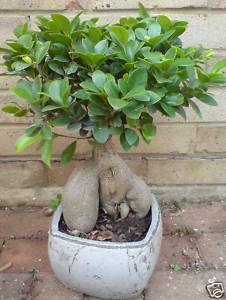gardening
Growing Celeriac
The stem or swollen bulb of the Celeriac is produced on the surface of the ground and grows like a root crop. It is a member of the celery family and in fact the texture is very similar but instead of growing tall and straight it is short, dumpy and bulbous. It is known also as celery root, knob celery and turnip-rooted celery. It has a similar taste to celery with the addition of aniseed and parsley. Celeriac can be used in recipes that call for celery, it can be added to soups and stews.
Soil Preparation
Celeriac grows best in soil that contains plenty of organic matter, an ideal crop to follow potatoes or peas. During April add manure and compost to the soil and fork over lightly; after which allow two weeks before the plants are put into the plot. At the time of planting add fish manure at 3 oz. (90g) to the sq. yd.
Sowing
The seeds are sown into trays of John Innes seed compost during February in a greenhouse, with a maintained temperature of 65 deg F. (18 deg C.) Press down the compost level and firm, as the seed is tiny, sprinkle it thinly over the top; sift a little amount of soil on top. Water through a fine rose, taking great care not to disturb the soil too much, place the trays on the staging of the greenhouse and cover them with a sheet of glass. It is a good idea to wipe the under-side of the glass every day and as soon as the seedlings pop up remove it altogether. When the seedlings are ¼ in. (6mm) high prick them out and plant them in pots containing similar compost. Keep them in the greenhouse for another three weeks allowing them all the light they can have, after which they should be moved to a cold frame to harden off. They should remain in the frame for about a week before they are ready to plant.
Planting
Plant the seedlings about 1 ½ ft. (45cm) apart and 1 ft. (30cm) between the rows. Bury the roots with the leaves just resting on the surface. Shallow planting is necessary as the swollen bulb-like stems are produced above the surface of the soil.
General Care
Keep down the weeds by hoeing lightly between the plants, drawing the soil a little away from the plants rather than towards them. During November, begin to draw the soil around the bulbs to help blanch and to protect them.
Harvesting
The crop can be dug up during winter when they are required.
Terry Blackburn. Internet Marketing Consultant, living in South Shields in the North-East of England. Author and Producer of blog http://www.lawnsurgeon.blogspot.com. Author of "Your Perfect Lawn," a 90 Page eBook devoted to Lawn Preparation, Lawn Care and Maintenance. Find it at http://www.lawnsurgeon.com
I would be very interested to have your comments on this Article.
Article Source: http://EzineArticles.com/?expert=Terry_Blackburn
gardening

No comments:
Post a Comment